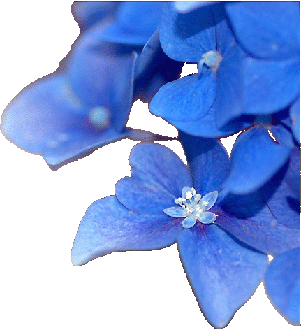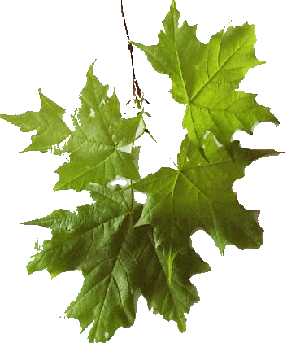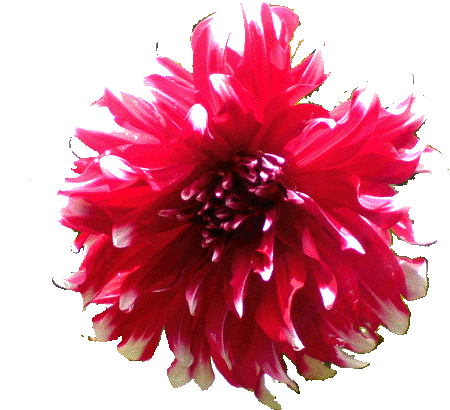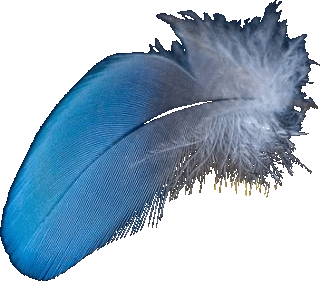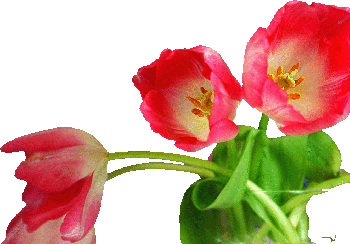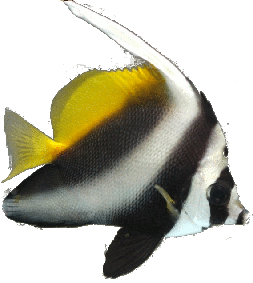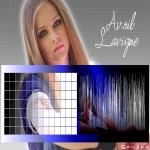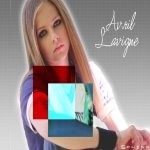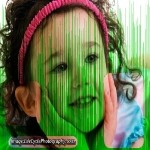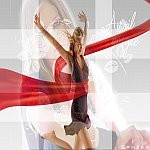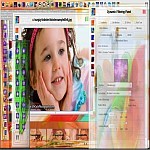'Full Screen Edit Mode' is the mode which is not directly related with the image editing and filtering.It is exclusively created for editing images in the 'Full Screen Mode'.Though,'Full Screen Edit Mode' is very innovative in the Lobster application because of 'Multiple Document Interface' available to the user even in the 'Full Screen Edit Mode'.Actually,'Full Screen Edit Mode' is designed in such way that usually the user will not have to again come back to the 'Application Mode' as all the functionality is embedded in the 'Dynamic Filtering Panel' which can be used to select various filters and features of the Lobster application.'Title Bar','Menu Bar' and 'Status Bar' are hidden and user is expected to select commands from 'Dynamic Filtering Panel' and do the filtering of the images using 'Dynamic Filtering'.Click Here to learn more about 'Dynamic Filtering' and 'Dynamic Filtering Panel'.
Following snapshot shows the 'Full Screen Edit Mode' in action where the 'Title Bar','Menu Bar' and 'Status Bar' are hidden and 'Tool Box','Drawing Panel' and 'Dynamic Filtering Panel' is visible with various 'Document Windows'.
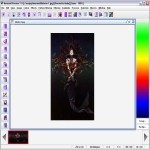
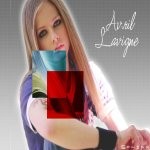
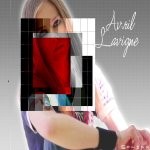
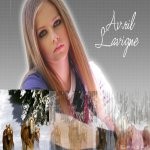
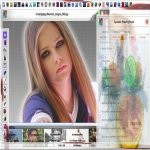

Edit Modes is also another big feature of the Lobster application as it allows the user to merge the contents of the 'Current Layer' with the 'Previous Layer' depending upon algorithms which can be used by the user to get different effects even though the contents of the 'Current Layer' are not changed in any way. There are four Edit Modes which are Overwrite Edit Mode, Single Filter Edit Mode, Transparency Edit Mode and Full Screen Edit Mode.

Overwrite Edit Mode is the default edit mode used by the Lobster application where the pixels of the 'Current Layer' will merge will the contents of the 'Previous Layer' of the image in case the image was filtered or edited in any way.Because of this behaviour,the same filter can give different results if the filter overlaps a 'Previous Layer'.

In 'Single Filter Edit Mode', contents of the 'Previous Layer' will not be merged at all with the 'Current Layer' and thus, the user can maintain the characteristics of the 'Current Layer'.The 'Current Layer' will skip the area where the 'Previous Layer' was applied which means that in the 'Single Filter Edit Mode' every pixel will be applied filter only once and hence the name 'Single Filter Edit Mode'.

'Transparency Edit Mode' is the mode where the contents of the 'Current Layer' are merged with the image depending upon the 'Transparency' set by the user. Suppose, if the 'Transparency' is set to 70%, then the contents of the 'Current Layer' will be 70% transparent and image underneath will be 70% visible thru the 'Current Layer'.

'Full Screen Edit Mode' is the mode which is not directly related with the image editing and filtering. It is exclusively created for editing images in the 'Full Screen Mode'. Though, 'Full Screen Edit Mode' is very innovative in the Lobster application because of Dynamic Filtering and 'Multiple Document Interface' available to the user even in the 'Full Screen Edit Mode'.



